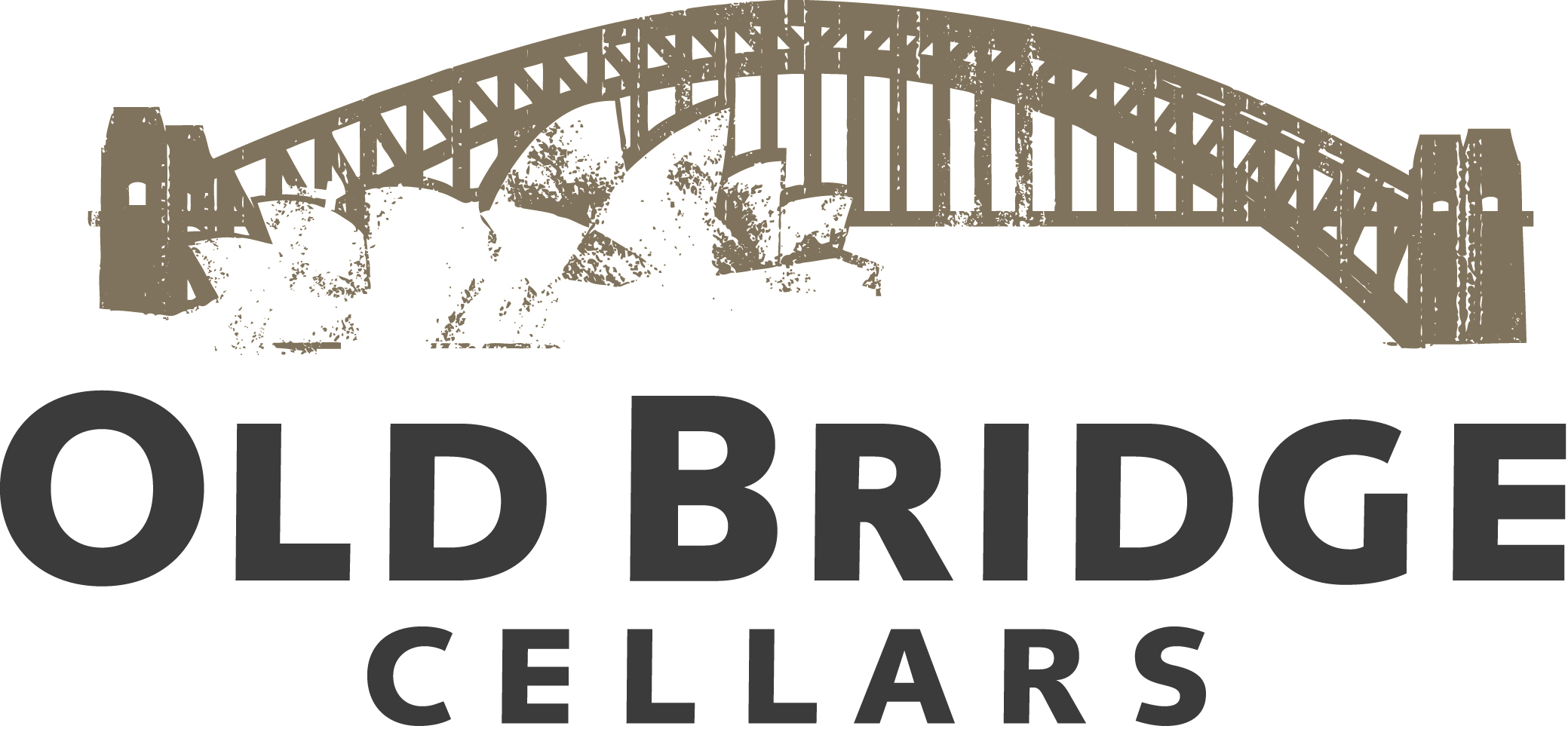In Cullen’s 50th anniversary year, Sarah Ahmed tastes the latest releases from this pioneering Margaret River property and discovers how biodynamics have helped in the search for more top-quality fruit.
By: Sarah Ahmed, Decanter
Cullen’s 50th anniversary year, Sarah Ahmed tastes the latest releases from this pioneering Margaret River property and discovers how biodynamics have helped in the search for more top-quality fruit.

Kevin John and Diana Madeline Cullen established their property in Wilyabrup in 1971. Today Cullen Wines remains at the vanguard of winemaking in Margaret River. The couple’s youngest daughter Vanya Cullen, who has made wine at the family estate for 37 years, has gone from strength to strength since becoming chief winemaker in 1989.
Biodynamic certification in 2004 has reinforced the family’s ‘quality, integrity, sustainability’ mantra, and she is lobbying for official sub-regional status for Wilyabrup. This would give Wilyabrup (the indigenous Wadandi name for ‘place of red ochre’) its own Geographical Indication (GI).
Cullen Wines was certified carbon neutral in 2007. The estate’s average annual soil organic carbon increases offset more carbon than is emitted, resulting in carbon negative status.
As for wine quality, Cullen’s Diana Madeline – the producer’s flagship Bordeaux blend – has enjoyed ‘Exceptional’ top-tier status in Langton’s Classification of Australian Wine since
2005. In 2018, Kevin John Chardonnay was one of three new Chardonnay additions to the ‘Excellent’ category of the auction house’s form guide.
From a high bar, quality continues to soar and Cullen has augmented the iconic range named after her parents with minuscule bottlings of Kevin John Legacy Series Chardonnays (since 2013) and Vanya Cabernet Sauvignon (since 2012), in select vintages.
Each is badged according to its auspicious lunar calendar picking dates. ‘Full moon, fruit and flower days are good for power’, while wines harvested when the moon is opposite Saturn have ‘wonderful vibrancy’, says Cullen. I expect the Vanya Full Moon Cabernet and Legacy Series Chardonnays to join Langton’s Classification of Australian Wine in the fullness of time (the classification assumes a history of 10 vintages).
Biodynamic benefits
Does making the Vanya Cabernet Sauvignon detract from Diana Madeline? Not for Cullen, who says that Margaret River’s well-drained soils and maritime climate (the estate is just 5km from the ocean) means ‘the fruit ripens naturally every year to complete physiological ripeness’. She says Cabernet quality has increased thanks to biodynamic cultivation and Scott Henry trellising, which give more even quality in the vineyards,
Biodynamic viticulture has advanced flavour ripeness in the Cabernet in particular. Consequently, alcohol levels have dropped and the wines are fresher and resolutely medium-bodied, meaning less oak is needed. All this, says Cullen, amplifies ‘the very loud voice of the vineyard,’ with its signature floral, mineral and chocolate notes.
With drier profiles than their peers, Diana Madeline and Vanya Cabernet Sauvignon will appeal to Bordeaux lovers. Though long-lived, the ultra-refined tannins and remarkable fruit purity make them relatively accessible early on.
While Cullen’s reds show restraint, Kevin John Chardonnay is flamboyant. Its fruit purity, concentration and drive typifies Western Australia’s low yielding Gin Gin clone.
Eschewing the trend for tighter, reductive styles, Cullen observes that the winery ‘has not moved much.’ The same can be said of Margaret River’s most famous example, Leeuwin Estate’s imposing Art Series Chardonnay from Wallcliffe. Still, the two could not be more different. Wilyabrup’s warmer microclimate and Cullen’s less interventionist winemaking (natural primary and malolactic ferments, and less oak) produce curvaceous, sensual Chardonnay.
Cullen Wines: new releases and flagship back vintages
Updated in September 2021, with eight tasting notes on the latest releases.
96 pts 2019 Cullen Kevin John Chardonnay
Rare frost scythed Cullen’s typically tiny old-vine Gin Gin clone yields by 60%, resulting in phenomenal concentration. Yet there is detail through layering and white flower and bay leaf lift. Toast and butterscotch notes speak of oak (30% new) and 100% malolactic fermentation, but are subsumed by powerful ripe peach, mandarin, fig and custard apple, cut with lime acidity; a parcel was whole-bunch fermented in amphorae. Intense and lingering.
95 pts 2017 Cullen Ephraim Clarke Semillon Sauvignon Blanc, Cullen Vineyard
Terrific intensity on the palate, showing ripe white peach, nectarine, fig, a hint of pea pod and gravelly minerality. Of the 79% Sauvignon Blanc, 45% was matured in French oak (7% new) for three months, making it more muscular than the Mangan Vineyard expression – Cullen Vineyard’s well-exposed older vines on leaner soils and Scott Henry trellising mop it up. Harmonious oak and acidity enhance momentum and length, giving full expression to the fruit. An ageworthy gem.
93 pts 2020 Cullen Amber Sauvignon Blanc-Semillon
Named Amber because the 10 days on skins in open and closed fermenters, including amphorae, produces a deeper hue. This and the low-yielding vintage makes for a structured wine with lifted white pepper, talc, white asparagus and orange pith and peel, giving an aromatic bitters note. Striated lemony acidity and chalky, pithy tannins parry, sustaining a dynamic finish. Predominantly sourced from old vines (planted 1976-1978) with small bunches of tightly packed berries.
98 pts 2019 Cullen Diana Madeline
Vanya Cullen is the tannin whisperer. Here, the finest of fine tannins are saturated deep within the fresh dark berry and currant fruit, conferring a dryness to the palate. This lends gravitas, without detracting from the fruit purity and sheer fluid grace of delivery. Finely honed, the fruit is perfumed with roses, violets, tobacco, bitter chocolate and cedar. A pronounced graphite and gravel undertow persists through the prolonged, elegant finish.
91 pts 2018 Cullen Mangan Red Moon
First violet and white pepper-edged blackberry, then sappier apple notes, and finally on opening up, sweeter blueberry fruit. Malbec accounts for the deep hue and this wine’s signature juicy vitality. Petit Verdot’s small berries add light grip to otherwise discreet, gravelly tannins. Only 57% of the wine is aged in seasoned French oak, accentuating the fruit purity.
